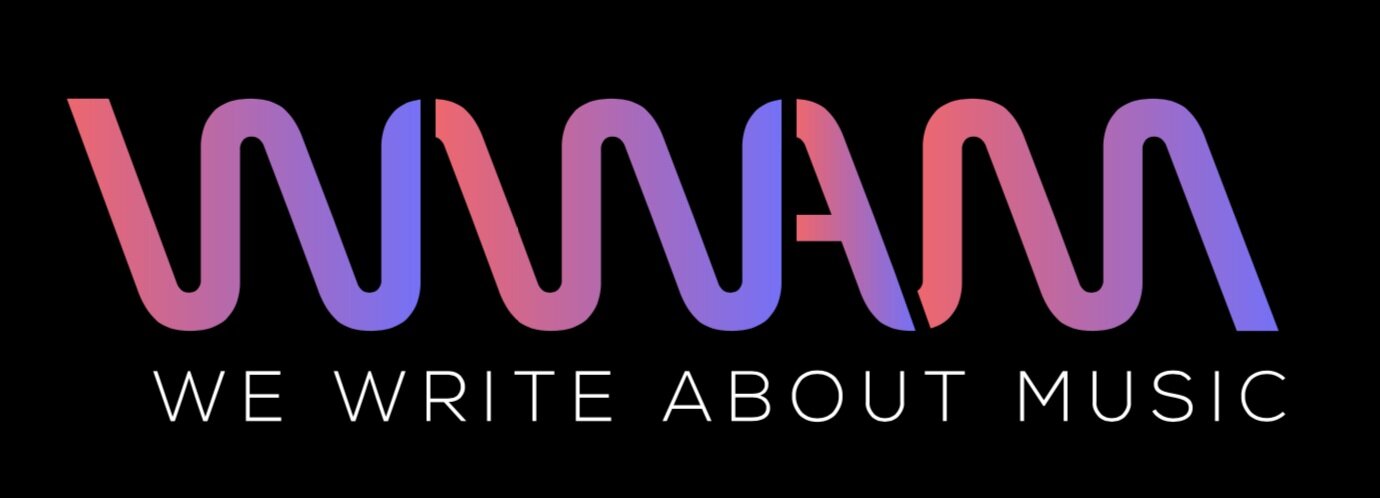How AI & Algorithms are reshaping the Sound of Modern Music
The fusion of artificial intelligence with streaming platforms is driving a quiet revolution in how songs are written, produced, and consumed. With audiences gravitating toward personalized experiences, tech giants and music producers are adapting in real time to maintain relevance and maximize reach. In the evolving environment of music discovery and creation, data now plays a critical role in determining what tracks trend and which artists rise to the surface.
Interestingly, even online gaming platforms are blending music-inspired concepts into interactive digital formats. A unique example of this crossover is the game big small, which integrates rhythmic elements with betting excitement. These gamified experiences mirror how music influences engagement far beyond just streaming services.
AI Is Changing How Songs Are Written
Artificial intelligence is no longer a futuristic concept in music—it’s embedded in nearly every layer of modern production. From lyric generation to melody creation, machine learning tools can now assist artists in crafting songs faster and more efficiently.
Platforms like Amper Music, AIVA, and Soundful enable creators to compose original tracks based on emotion, genre, or tempo input. These tools are particularly popular among content creators looking for royalty-free compositions that still sound professionally produced.
Creative Partnership or Artistic Threat?
While some musicians view AI as a useful assistant, others fear it could dilute human expression. Questions about authenticity and ownership are also being raised. If a hit song is mostly generated by a machine, who holds the copyright? The conversation is only just beginning, but legal and ethical implications are already making waves.
Streaming Algorithms Are Dictating the Next Big Hit
Spotify, Apple Music, and YouTube are not just platforms—they are curators. Their algorithms track every action: what you play, skip, repeat, or add to playlists. This data is then fed back to create hyper-personalized recommendations and mood-specific playlists.
As a result, music production is shifting toward algorithm-friendly formats:
Shorter intros to capture attention quickly
Hook placement within the first 30 seconds
Optimized BPM for specific listener segments
Musicians aiming for viral success now consider these elements from the earliest stages of songwriting.
The Rise of the Data-Driven Producer
Producers today are not just skilled with soundboards—they're fluent in analytics. With access to dashboards showing listener behavior, demographic trends, and skip rates, producers and labels can adapt their strategies with precision.
This shift has encouraged a more scientific approach to music creation. Emotional arcs are mapped, drop points are strategically placed, and harmonic structures are tested using audience feedback gathered from TikTok, Instagram Reels, and Spotify charts.
How Emerging Artists Are Leveraging Data
Independent artists, often without label support, are turning to analytics platforms like Chartmetric and Viberate. These tools provide insights into:
Playlist inclusions
Social media trends
Audience location breakdowns
With the right interpretation, even newcomers can target the most engaged markets and optimize release strategies accordingly.
Virtual Artists and AI Personas Are Gaining Momentum
Another byproduct of the digital music age is the emergence of virtual artists—AI-generated personas with unique voices, styles, and fan bases. Acts like FN Meka and Hatsune Miku challenge traditional norms by existing solely as digital entities.
Some of these virtual performers collaborate with real-world producers, appearing in concerts via holograms or VR setups. While still a niche trend, these AI celebrities hint at a future where music experiences may be entirely virtual.
Fans Want Experiences, Not Just Songs
Modern audiences crave immersive interaction with their favorite artists. Whether through exclusive behind-the-scenes content, live Q&A sessions, or customized Spotify Canvas visuals, the fan-artist connection has deepened through technology.
This demand has driven the development of new monetization methods:
NFT-based album sales
Subscription-only platforms like Patreon
Livestream tipping during performances
Artists now build their careers as multimedia experiences rather than focusing solely on audio content.
Globalization of Genres Is Accelerating
Streaming platforms have effectively erased regional barriers. Afrobeat, K-pop, and Latin trap are no longer confined to their origins—they’re global genres with chart-topping tracks in dozens of countries.
Collaborations between artists from different continents have become increasingly common. These partnerships broaden fan bases and introduce unique fusions of musical elements. Global listening patterns suggest audiences are more open than ever to diverse sonic experiences.
Key Factors Fueling Genre Crossovers
Language-agnostic melodies and production styles
Social media virality and cross-platform marketing
Multilingual lyrics and culturally blended visuals
As music continues to travel without borders, more hybrid styles will likely emerge.
Final Thoughts: Creativity Meets Code
While purists may argue that data and code can't replace artistic soul, the reality is that today’s most successful music often balances both. Innovation isn’t eliminating creativity—it’s reshaping it into something faster, smarter, and more responsive to listener behavior.
Musicians who understand both the artistic and technical aspects of the craft are better positioned to thrive. With AI, global reach, and user-driven platforms, the music industry is navigating a new rhythm—one that pulses to both the beat of culture and the logic of algorithms.
